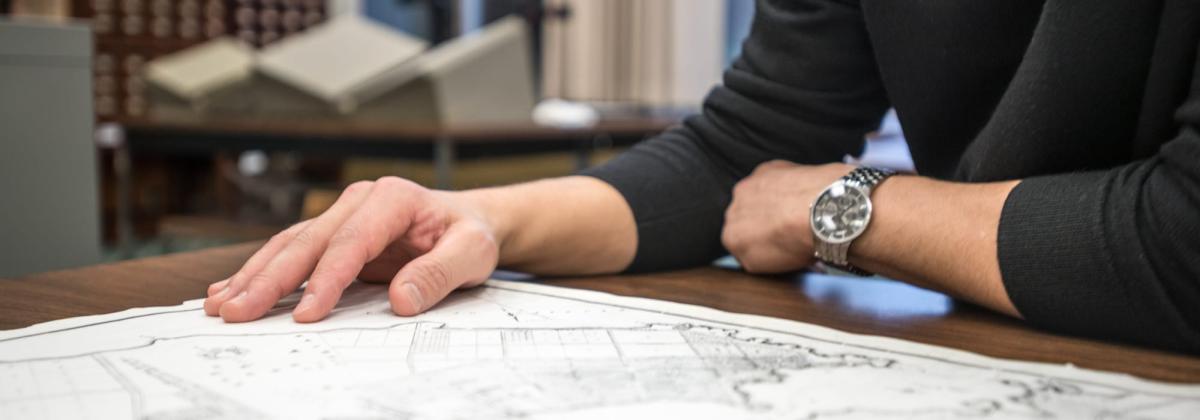
Modernization
Learn more about government’s intention to modernize the museum to protect our historic holdings and provide better access to our collections.

Records accepted into our collection are first processed, then described on our archives collection search to make them publicly accessible.
Whether they come from government ministries or private sources, the records entering our collection may not be organized in a way useful to us, and we often have minimal information about their contents. Often, the boxes and containers they come in are degrading or deteriorating. Archivists must first arrange and then describe records so they are easily searchable and rehouse records to prevent deterioration.
All acquisitions must be arranged and described in some form. Archivists arrange records to ensure that records from the same creator are kept together. If there is obvious order for the records, an archivist may impose it to make it easier for researchers to access them, but otherwise records are kept in the order used by the creator, so they don’t lose their context.
Archivists describe records according to their arrangement. Descriptions of records are provided through online databases, finding aids and file lists, which allow researchers to identify the specific records related to their search. For large collections, we attach file lists to the database record so researchers can locate specific boxes or files within a collection. The majority of our archival records are described in our BC Archives Collections Search.
We also rehouse records. Records often come to us in enclosures that are deteriorating or harmful to records. To slow down deterioration, archivists rehouse records in acid-free enclosures. Records are then stored in temperature- and humidity-controlled vaults.
For more information on conservation and preservation at the BC Archives, see our page on Conservation and Preservation
For more information about archival arrangement and description, see our Guide to Archival Description.